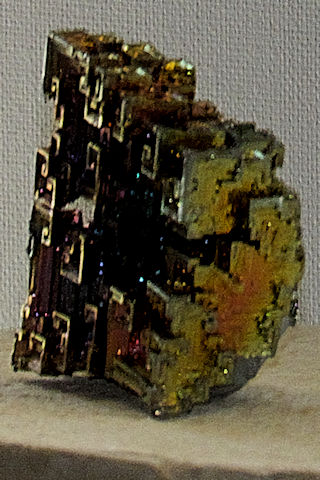Tuesday, April 10, 2007
To Bee or Not To Bee
They’re calling it colony collapse disorder (CCD), and they don’t know its cause. Dr. Clarence Collison, who heads Mississippi State University’s Entomology Department, reports that researchers have observed a number of pathogens affecting adult bees. Of these, the majority of pathogens are linked to stress related illnesses. A Penn State scientist has established that these bees have weakened immune systems, Collison adds.
This is not, however, the first time bee populations have dwindled. Populations dwindled during the early nineties and middle seventies. A bee population collapse also occurred in 1896, however Collison rates the current collapse as the worst in his experience.
The magnitude of population collapse is shocking. The Washington Post reported on one beekeeper’s transport of two truckloads of bees for use in pollinating almond trees. When he arrived in California, most of his cargo was dead. Often beekeepers discover their hives have been vacated by all but the queen and the young. Some have speculated that sick bees don’t return to their hive in order to prevent its other members from becoming contaminated. Others have speculated that bees are being blinded by increased UV light due to an enlarged hole in the ozone layer. Another possible explanation is that environmental toxins cause them to become disoriented and unable to find their way home.
Though most reports of CCD have come from the United States, Linda Moulton Howe reports that nine countries in Europe and Canada also now are reporting massive declines in bee populations. Bee pollination is a fundamental necessity on which depends much of the food consumed by animals and men. Even if Einstein didn’t make the remark about extinction, anyone who’s learned about the birds and the bees should be concerned about CCD.
Wednesday, March 14, 2007
Fun with Heavy Metal
 |
| bismuth crystal |
My wife said, "Twenty dollars for a rock?! And not even natural."
It's true; bismuth generally doesn't crystallize like this in nature; only in a lab. Bismuth, with a melting point of 520 degrees Fahrenheit melts at a lower temperature than lead, which melts at 621 degrees, but higher than tin which at 450 degrees melts at a temperature lower than paper combusts, according to Ray Bradbury, author of "Fahrenheit 451".
As a child I owned a dangerous toy, used to turn solid lead into toy soldiers. We kids marveled as the hot lead liquefied and somehow we managed to pour it into molds without serious injury. Later in college I bought a torch, tongs, crucible, and scrap silver. Sterling silver melts at 1,640 degrees, far lower than molybdenum, which melts at 4,760 degrees, but still plenty hot. Hot enough, that I was having trouble keeping it liquid while gradually adding metal to the crucible. When I heard the crucible loudly crack I abandoned the effort. Remembering the accident that ruined the young silversmith's hand in the book, "Johnny Tremain". I considered myself lucky. When the crucible cooled, a dull, glassy, flux coated silver lump remained.
Since bismuth can be melted on a kitchen stove, making bismuth crystals would be a cool science project. However, I don't know of any elementary school that would allow kids to try this in a classroom. Ken K. has been making bismuth crystals for over sixteen years using a scientific hotplate. He wears a respirator and safety glasses as a precaution. Hot metal can spatter. Some beautiful examples can be found on Ken's website*. Ken has perfected his own techniques which he won't divulge since that would be, "like Willy Wonka giving out his recipe for Everlasting Gobstoppers."
*Ken K's website is no longer active DL 2021
Thursday, February 15, 2007
Oat Congee
Congee, a popular Chinese breakfast, is basically a soupy bowl of rice with bits of this or that floated on top. My wife likes hers with Chinese style pickled cucumber, strands of dried meat, or fermented black beans. Many people like salted peanuts on their congee. The idea here is to offset the blandness of the rice with little toothsome bits of whatever. Click here for a recipe.
This is the good part. A friend of ours wanted to get her cholesterol down. And here's what she did: Oatmeal is considered a cholesterol killer. Our friend made her congee with oatmeal instead of rice and ate it for six months. And you know what? Her cholesterol dropped.
I used to use yogurt instead of milk for my oatmeal since yogurt doesn't bother my lactose intolerance. Today I tried oatmeal congee and loved it. Oatmeal gives congee a texture and taste missing in rice congee. Oatmeal congee, like Susan Stamberg's recipe for cranberry relish, may sound awful, but try it. You'll like it. You'll see.
